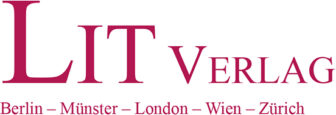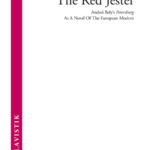Beschreibung
What was Bely’s project in his ambiguous novel Petersburg? For
the first time, this study firmly places Bely’s work at the heart of the
European Modern ( die Moderne). It argues that with its concern
for the spiritual and its desire to create new aesthetics, the novel
helped reshape fundamental views of reality, of the Self, and of
consciousness. Theories of Freud and Jung as well as the aesthetics of the
Viennese Secession are used to elucidate Bely’s approach to the narrative.
The author also presents Rudolf Steiner’s anthroposophy as the prism
through which Bely reflects modernist ideas.
Dr. Judith
Wermuth-Atkinson teaches courses on world literature and philosophy at
Columbia University in New York. Previously, she has taught German,
Russian, and South Slavic languages, literatures, and cultures at
different universities in Europe, the Middle East, and the U.S.A. Her
research focuses on early 20 th century European
aesthetics. She is also translator of German literary and philosophical
works, and author of essays and a memoir.


